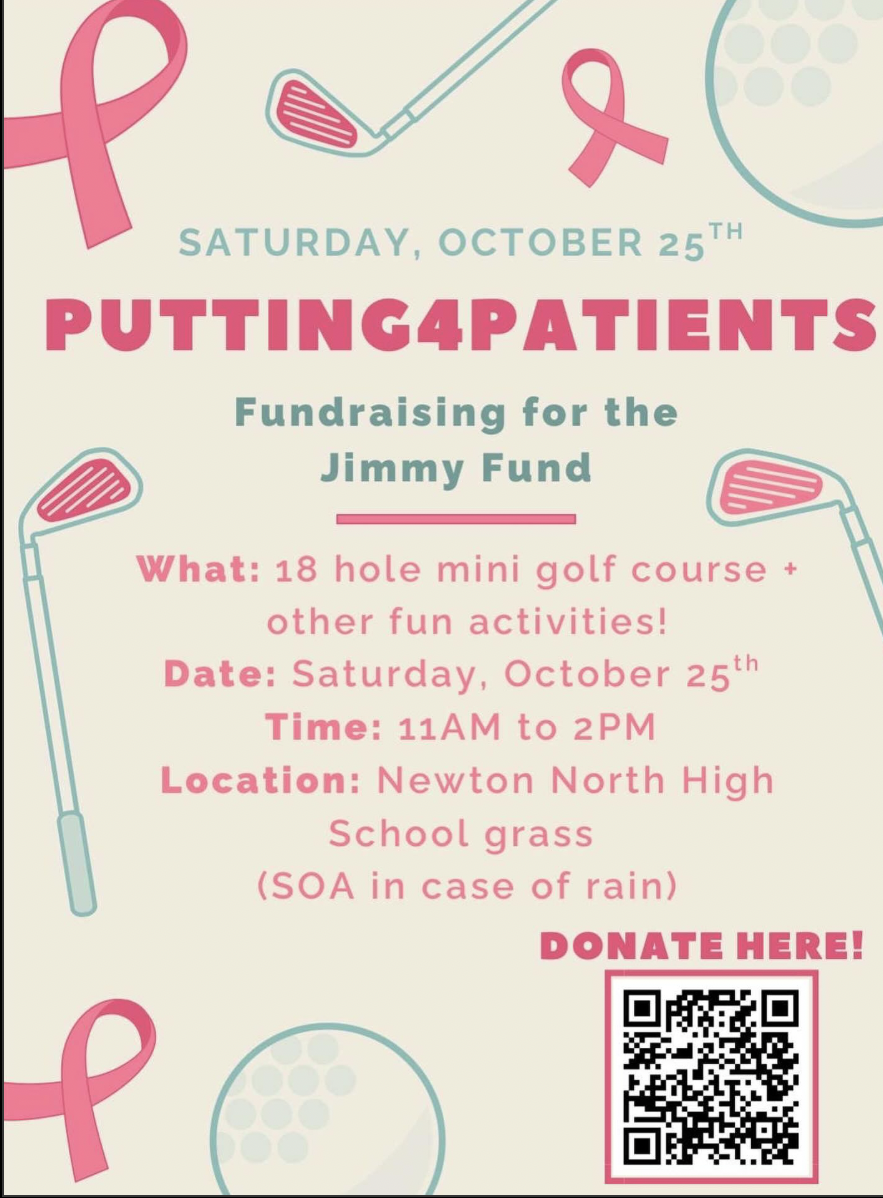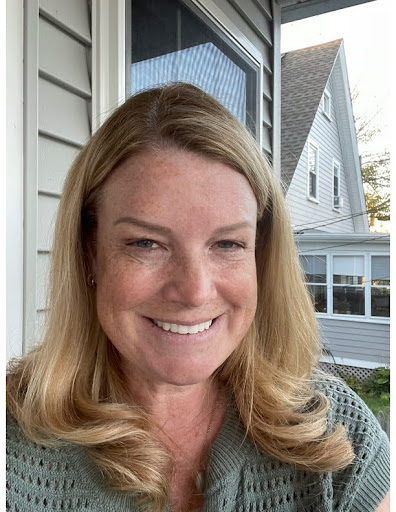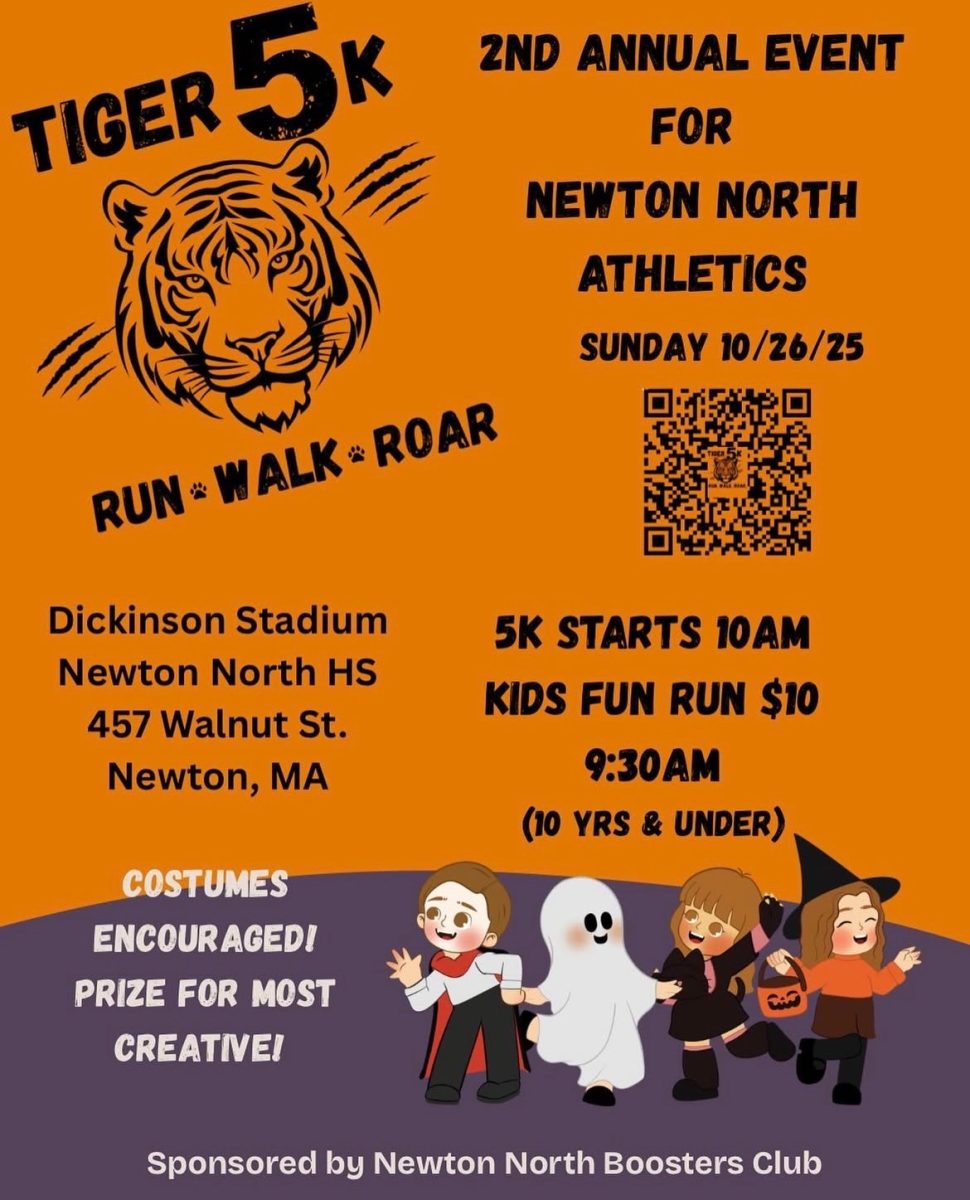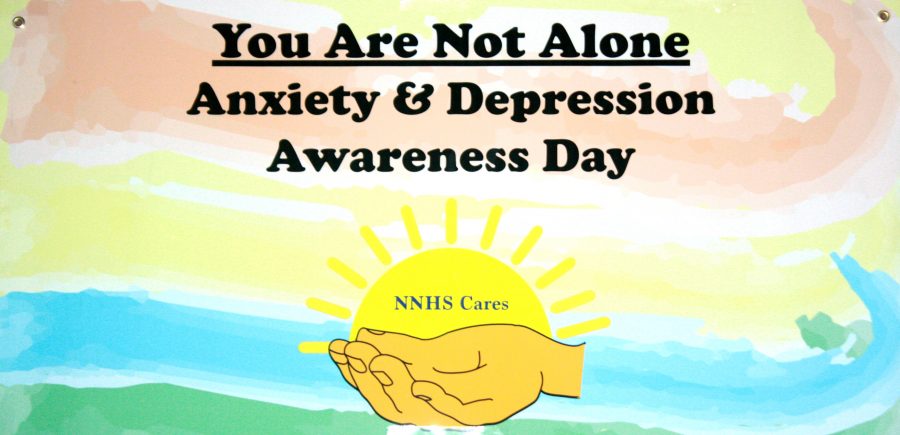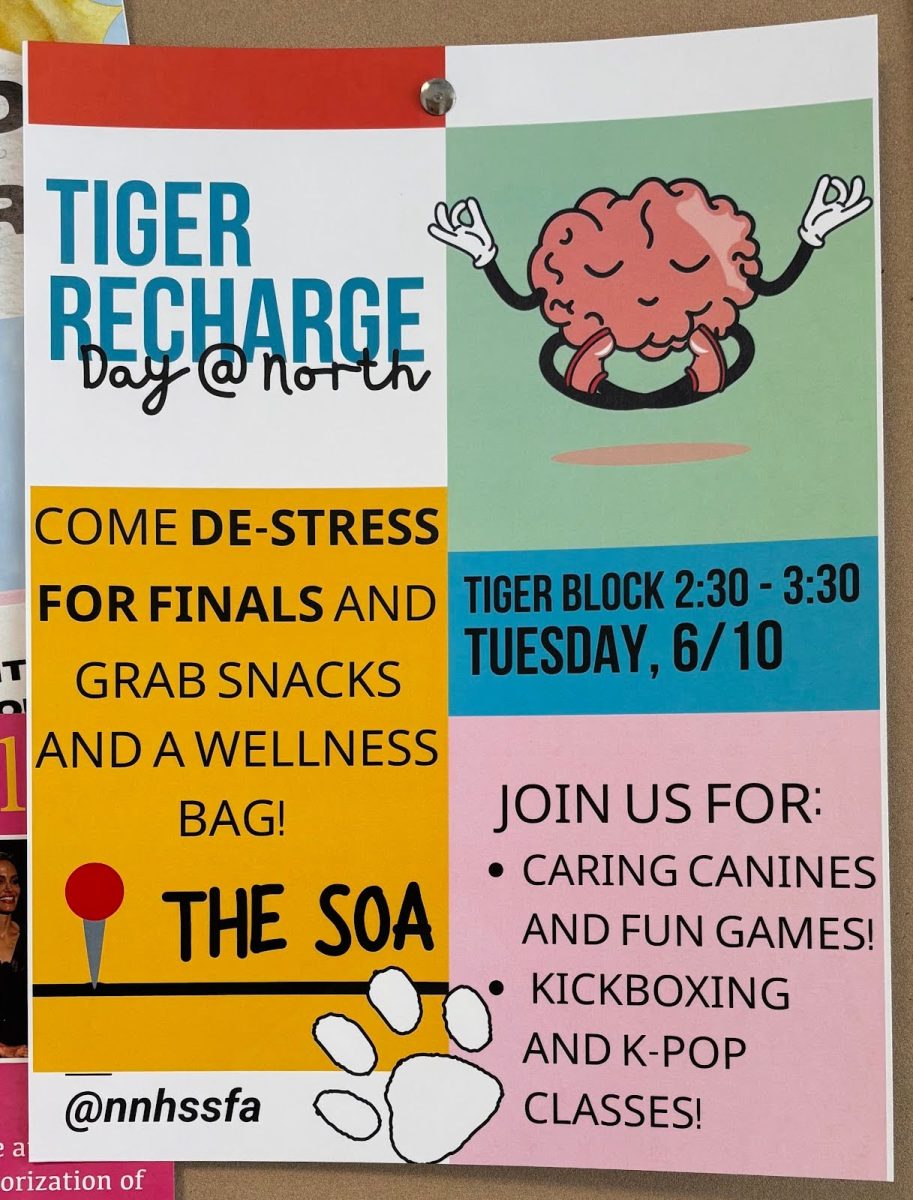by Douglas Abrams
“Three suicides is three too many,” said sophomore Siddharth Nizamuddin, who was a student leader for Depression and Anxiety Awareness Day with sophomores Alena Ferreira and Libby Pierce.
During the E-block presentation, Shannon Mountain-Ray, a clinical social worker at Children’s Hospital Boston, presented a slide show and answered student questions on the connection between substance abuse, mental illness, and suicide.
Mountain-Ray said that she really wants “students to take away new knowledge about these issues,” and she highlighted teenagers’ common misconceptions on substance abuse and mental illness throughout her presentation.
The student leaders also stressed the importance of spreading information about depression and anxiety: “I want people to be more aware about this problem because it’s all around us. We need to face it head on and tell students what they need to know,” said Ferreira.
The presenter hammered home the message of misconception by asking students questions about substance abuse that many audience members did not know the answer to.
Mountain-Ray also focused on “facts.” Throughout the block, she gave students the science behind addiction: “addiction triggers a dopamine release in the brain that activates the pleasure center in the brain. That’s the root of addictive behavior.”
She also explained why teens are especially susceptible to addiction. According to Mountain-Ray, in adolescents, the prefrontal cortex—the part of the brain that deals with decision making and problem solving—is not fully developed, leading to poor decisions and an increased susceptibility to addiction, suicide, and mental illness.
At the end of the presentation, Mountain-Ray took questions from students in the audience. Pierce said that “by informing students with real, useful information, we will do real work to end the stigmas around drug use, mental illness, and suicide.”

